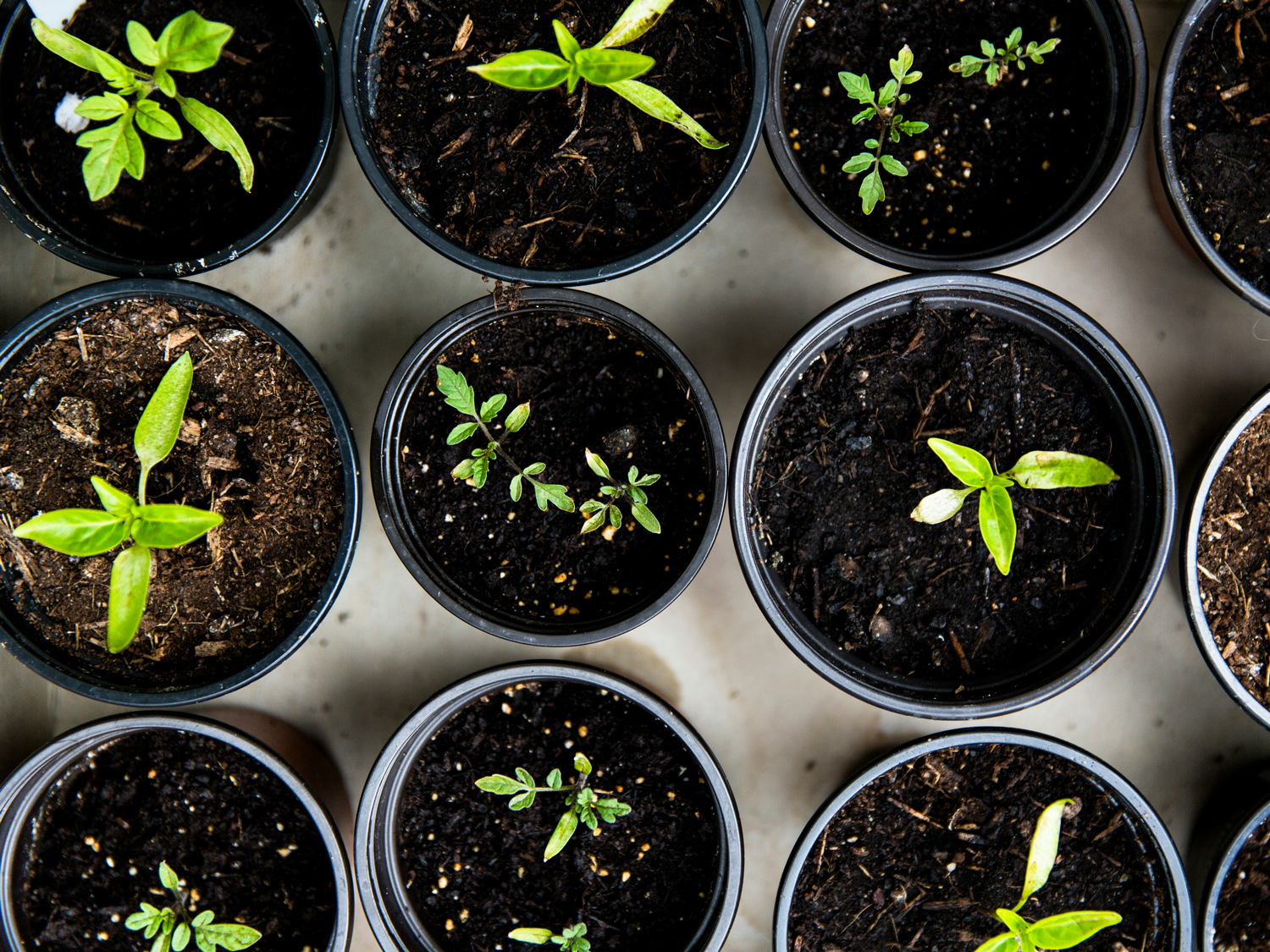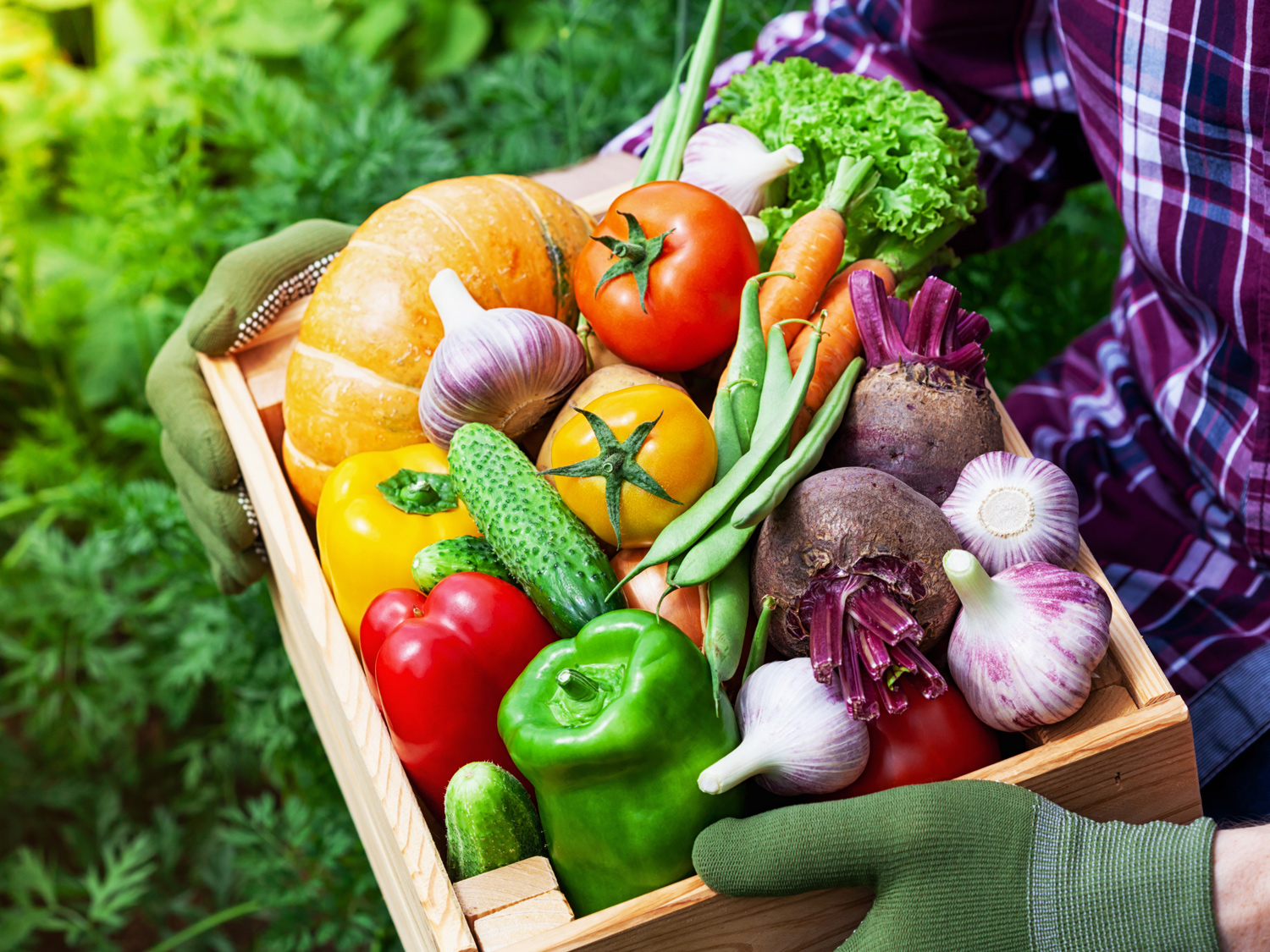Tropaeolum, Climbing Nasturtiums, Moonlight ~ 40 seeds


Out of stock
Availability updated daily- Sun Preference
- Full-Sun, Part-Sun
- Bloom or Harvest Time
- Spring, Summer, Fall
Description
Tropaeolum majus
Annual vine
Spring/summer/fall bloom
Frost tender
A bee, & hummingbird favorite!
These lovely climbing nasturtiums have charming soft primrose yellow flowers and bright green foliage, much different from the usual bold and brassy color mix. They grow easily in any well-drained soil and will gracefully disguise neglected areas or twine along a fence, trellis or wall, providing a summer arbor of pretty lily-pad shaped leaves and long-spurred flowers. As a wonderful bonus, both the bright flowers and leaves are deliciously edible with a spicy watercress flavor.
Seed Starting Successfully
Start your garden from scratch with Gertens' wide variety of seed packets! Whether you're a seasoned gardener or just starting out, we have seeds for every skill level and garden size. From colorful flowers to delicious vegetables, our seeds are carefully selected for their quality and performance.
Details
Cold Winters: April - June
Mild Winters: March - July
Sun/Shade: Full sun or partial shade
Sow Seeds: 3 - 4 inches apart, 1 inch deep
Days to Germinate: 7 - 14 days
Mature Height: 4 - 6 feet
EASY TO START OUTDOORS
Sow seeds in spring once all danger of frost is over in full sun (or part shade in hot climates). Nasturtiums need no added fertilizer in most soils. Poke seeds into well-worked soil about 1 inch deep and 3 to 4 inches apart. Press soil firmly over the seeds and keep moist. When seedlings are large enough to handle, thin 10 inches apart so plants will have ample room to grow.
TO START EARLY INDOORS
Sow 2 seeds each in individual 4-inch pots of well-drained seed starting mix 3 weeks before last expected frost date. Cover 1 inch deep. Provide a strong light source. When seedlings have several sets of leaves, pinch out the weaker seedling leaving 1 per pot. After outdoor temperatures are evenly above 50°F (10°C) gradually acclimate to outdoor conditions. Transplant seedlings into the garden 10 to 12 inches apart in full sun.
GROWING NOTES
Climbing nasturtiums are very reliable and easy to grow in any well-drained soil. Help them to twine up their supports, then they’ll climb easily and bloom nonstop. Do not let plants dry out during blooming season. You can also plant Moonlight to tumble along the ground.
More Information
| Mature Height (Range) | 49" - 60", 61" - 72" |
|---|---|
| Spacing in Row | 3-4", thin/transplant 10" |
| Days to Germination | 7-14 days |
| Planting Depth | 1" |
| Seed Packet Type | Flowers |
| Plant Life Cycle | Annual |
| Bloom or Harvest Time | Spring, Summer, Fall |
| Sun Preference | Full-Sun, Part-Sun |
| Brand | Renee's Garden |


